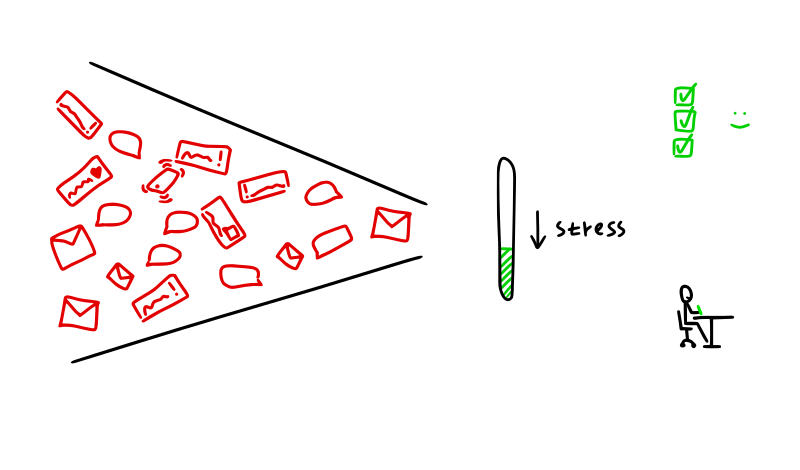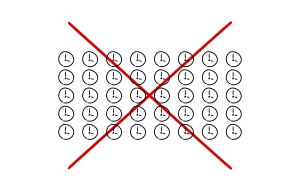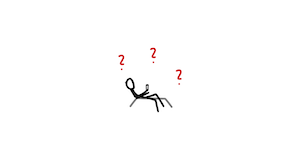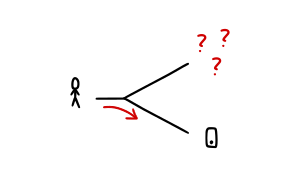How to stop procrastinating by using the Fogg Behavior Model
B J Fogg is a Stanford professor who came up with a simple model of behavior that helps us understand why we take action or not take action at any given moment.
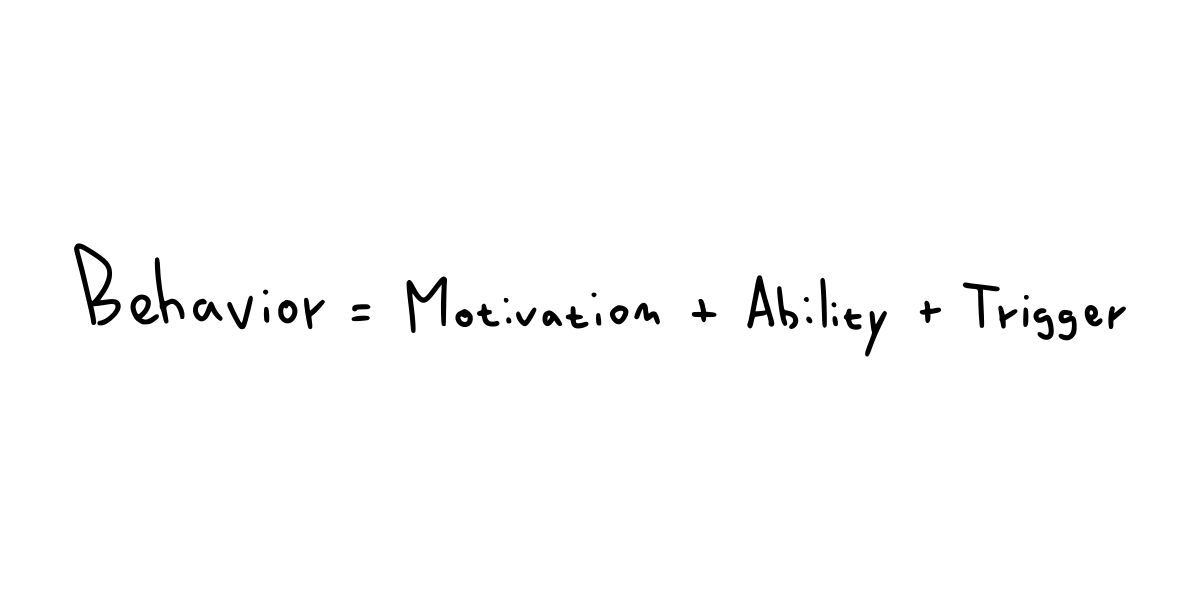
According to FBM, there are three things we need to do something:
- Motivation
- Ability
- Trigger
The key is that we need to have all three at the same time in order to act.
Since our problem is procrastination, we'll focus on how we fail at each one of these.
Motivation X Procrastination
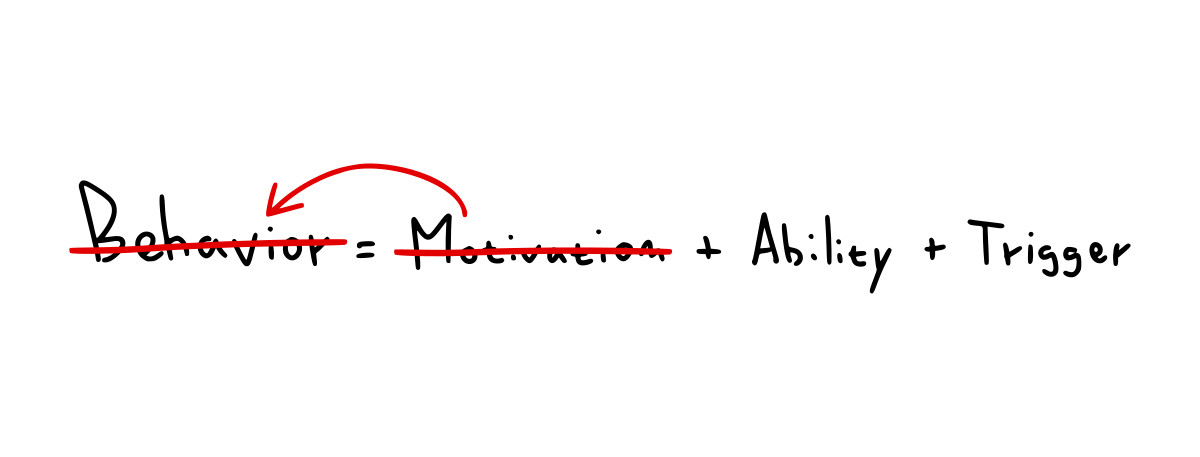
Sometimes we have the ability to do something, and even have a trigger like a time window and a to-do item, but we don't feel motivated.
We stare at a list of tasks, and stare, and stare, and none of them seem particularly exciting.
So we do something else - procrastinate.
The thing is, motivation doesn't come out of the blue.
We often have a fantasy in our heads of ourselves, sitting down to work, feeling inspired and tearing into work with a smile on our faces.
That's often not how it goes.
On the days when we don't feel motivated, we need to build motivation.
How to build motivation
We feel motivated when we viscerally feel how an action is meaningful, or valuable to us and when we believe we can take it (we'll get to this in the next part).
Therefore, we don't feel motivated when we don't see the meaning or value hiding behind a to-do item.
What to do about it then?
Remind yourself of the why.
There probably was a reason why you wrote down a task or got one assigned to you.
Was it to help you learn something? Was it to make you money? Was it to help someone?
Take a task you're putting off, and try to remember in vivid detail why you thought you needed to do it.
The important part is not only to know the reason, but to feel it, to get excited about it. How to do that? Link the task to a personal goal that you want to achieve. Attach exciting reasons to the task.
Write a thesis - not motivating.
Write a thesis to successfully complete a degree and do cutting-edge research.
Write a thesis to deepen your understanding of a subject and get recognized by others in your field.
Write a thesis to help others see things more clearly and make progress.
Add personal, meaningful reasons to the tasks that you put off. Make yourself remember why you took them on.
Ability X Procrastination
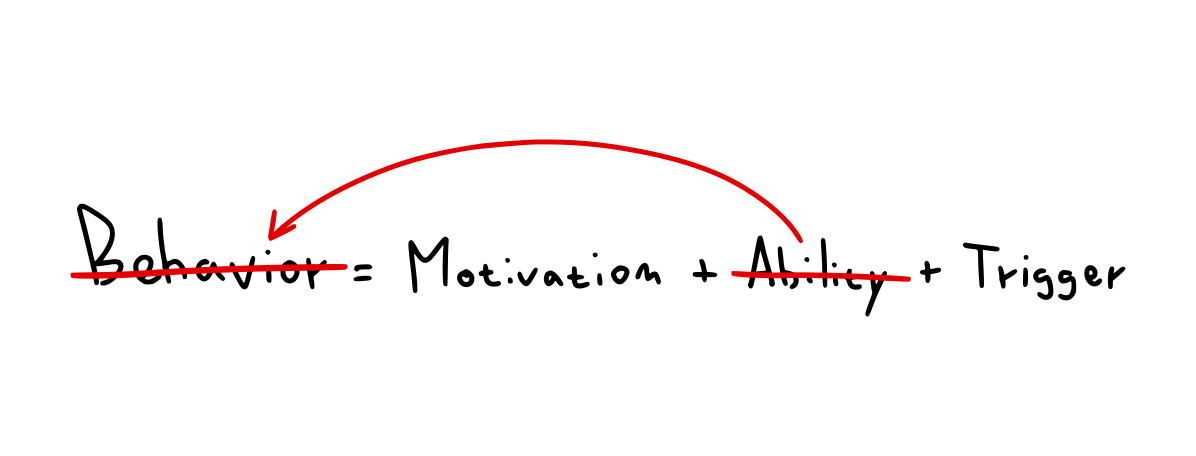
Sometimes we feel motivated, but every task on our plate seems just too darn hard, like standing at the foot of 5 different mountains in the Himalayas and having to decide which one to climb.
When everything seems hard, it's easy to succumb to procrastination and check email, or social media, or play games. All those actions are much easier than work.
But when we're finally done with our procrastination, we'll often find that our work hasn't gotten any easier while we procrastinated. In fact, it seems even harder.
That's clearly not a good cycle.
Instead of avoiding anything hard, let's turn down the difficulty dial by focusing on small steps.
You probably can't climb the whole mountain at once, but you can ascend a few hundred feet. You probably can't write a whole thesis at once, but you can write 5 paragraphs. You probably can't build a business at once, but you can write a blog post, or design a prototype, or contact 10 prospects.
In short, you need to break it down into pieces you are able to complete.
How to break work down
With mental work, it's often not obvious what all the things we need to do are.
We need to identify them, to list them.
If you need to create a presentation, you'll need to research the topic, find images, create the slides, and rehearse. Those are 4 distinct types of activity, 4 smaller pieces that you can take on, one by one.
When you break down work into parts, it becomes clearer what you feel you can or cannot do.
Identify the distinct parts that form the whole.
But even when you identify the parts, they can still intimidate you and seem too hard in their own right. What to do then?
Create a simple timeline.
We aren't naturally good at planning work through time. We don't look at a task like "Create a sales report" and see a detailed calendar in our heads with all the tasks neatly organized.
But we can learn to do that. How?
We just need a simple timeline.
It doesn't have to be complicated.
- Start with the due date.
- Go back day by day (or week by week) and write down what you'd like to have done by then, until you arrive at today.
- Put this timeline where you'll see it (remember: out of sight, out of mind).
- Start working on the first piece of the puzzle.
You might have a 20 slide presentation you'll be delivering 10 days from now.
Day 10
- Rehearse 3x and deliver presentation
Day 9
- Add finishing touches
- List sources
...
Day 5
- Create first 10 slides
Day 3
- Write out the main points
Day 2
- Read through the materials
Day 1
- Make a list of at least 10 articles and other resources to use
Even a simple, bulleted timeline like this can make a large project more manageable and ensure that you have the time to learn what you need to do to be able to accomplish your mission.
Trigger X Procrastination
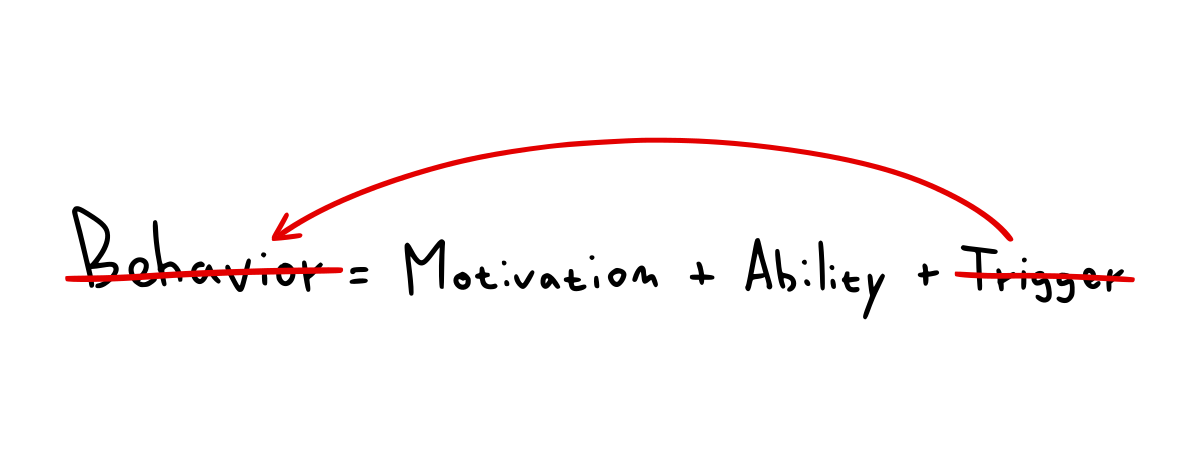
And sometimes, we feel motivated and able, but we don't know where to start - we're missing a trigger.
Professional athletes have a coach. Coach is the person who says what to do, and when. Their job is about motivating, cultivating ability, and giving triggers.
Now do this, now that, now this here, now rest. There's a tight, minute-by-minute plan.
As a result, the athletes know exactly what to focus on at any given moment.
Unfortunately, modern work often doesn't have a built-in trigger.
A professor doesn't tell you when to research, when to write an outline, when to start writing, when to stop writing, when to edit... there are no stopwatches, only vague directions and loooong time windows (days, weeks, months - not minutes).
As a result, we have to make the decision to start—we have to trigger ourselves into action.
In effect, we often leave the trigger to circumstance - we start working just before a deadline because we suddenly understand that if we don't start RIGHT NOW, we won't make it. Deadline becomes the only trigger we obey.
But that doesn't make for a consistent work ethic and healthy work-related confidence.
How to add a trigger
The key to an effective trigger is a sense of I'm supposed to be doing this, right now.
The timeline exercise from the previous section can help with the first part - identifying a concrete task that will be triggered. However, a timeline doesn't provide us with a cue.
We need to create a cue.
One moment that can be used as a trigger is sitting down to work. When you sit down to work, you can take your to-do list and give yourself 5-15 minutes to decide which task to start with. If you don't know after the time has passed, pick one at random.
Cue #1: sitting down to work = time to find the first task.
Cue #2: time limit ends = time to work.
Another cue takes a little foresight and preparation.
At the end of one work day, determine where you want to start the next day and put it into your calendar.
Want to start writing a doc for your teammate? Put it on your calendar at 9–9:30AM, add a reminder and a link to the doc.
Want to start with a brainstorm? Take a sheet of paper, write the topic in its center, and put it on your desk so that it's the first thing you see tomorrow morning.
Want to start by looking up flights for a business trip? Download a picture of a plane and make it your wallpaper.
You can be as creative as you want, but the main point is this:
define a specific task to do, at a specific place, at a specific moment in time - and make sure you can't miss the cue.

That's it.
Build up your motivation by reinforcing personal, meaningful reasons to do something.
Break down complex tasks into simple parts and plan them through time by creating a simple timeline.
And define a concrete trigger that will help you start your work.
Read How to stop procrastinating by using the Fogg Behavior Model - Part 2 here
